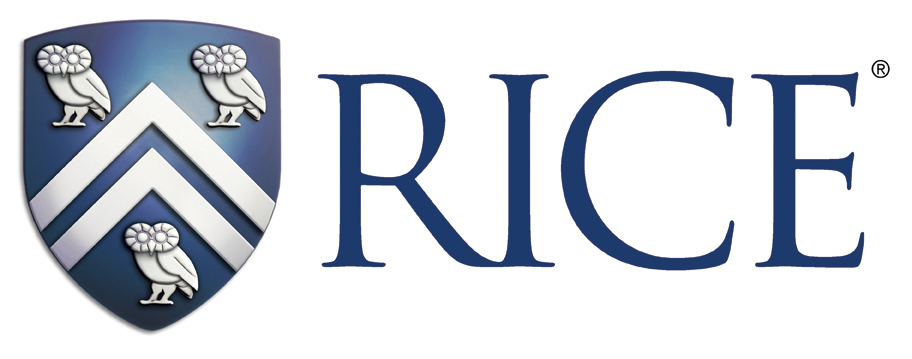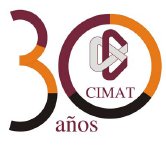PASI 2010
The program for the first week will focus on the main methods of dimension reduction: principal component analysis, simple and multiple correspondence analysis, canonical analysis, factorial discrimination, and multidimensional scaling. We will also explore the connections between these methods and modern metaheuristic methods in optimization (simulated annealing, genetic algorithms, ant colonies).
The second week will consist of problems in Bioinformatics, Statistical genetics and Survival Analysis and connects almost seamlessly with the topics discussed during the first week. The basics of R software and the key capabilities of the Bioconductor project (a widely used open source and open development software project for the analysis and comprehension of data arising from high-throughput experimentation in genomics and molecular biology and rooted in the open source statistical computing environment R), including importation and preprocessing of high-throughput data from microarrays and other platforms will be discussed. Methods and statistical concepts and tools necessary to interpret and critically evaluate the bioinformatics and computational biology literature will be discussed, and an overview of preprocessing and normalization, statistical inference, multiple comparison corrections, Bayesian Inference in the context of multiple comparisons, clustering, and classification/machine learning will be discussed. This is followed by a program on Survival Analysis. Survival analysis with microarray data perhaps represents better than any other area the need for good, reliable, and practical dimension reduction methods. The need arises because in most problems of interest the number of patients is of several orders of magnitude smaller than the number of covariates (number of genes). This represents an insurmountable challenge to classical survival analysis approaches. Partial Least Squares (PLS) and Principal Component Analysis (PCA), when coupled with Sliced Inverse Regression, are the methodologies of choice, although these choices are guided mostly by computer simulation results. The PI is currently working on developing theoretical results to delineate and provide theoretical insights into the advantages of the various methods.
The last session will cover topics in mathematical and statistical finance. The last few years have seen tremendous progress in these areas. The topics to be covered include: modeling using Levy processes; optimization; risk assessment and management; backward stochastic differential equations; and dynamic hedging.






